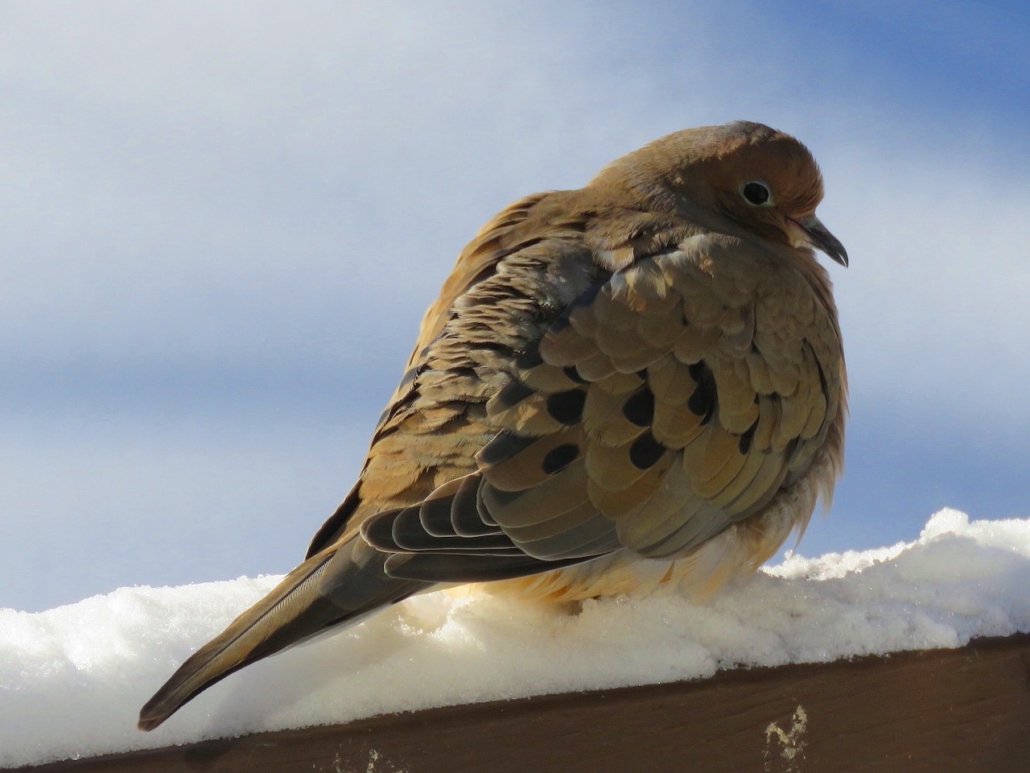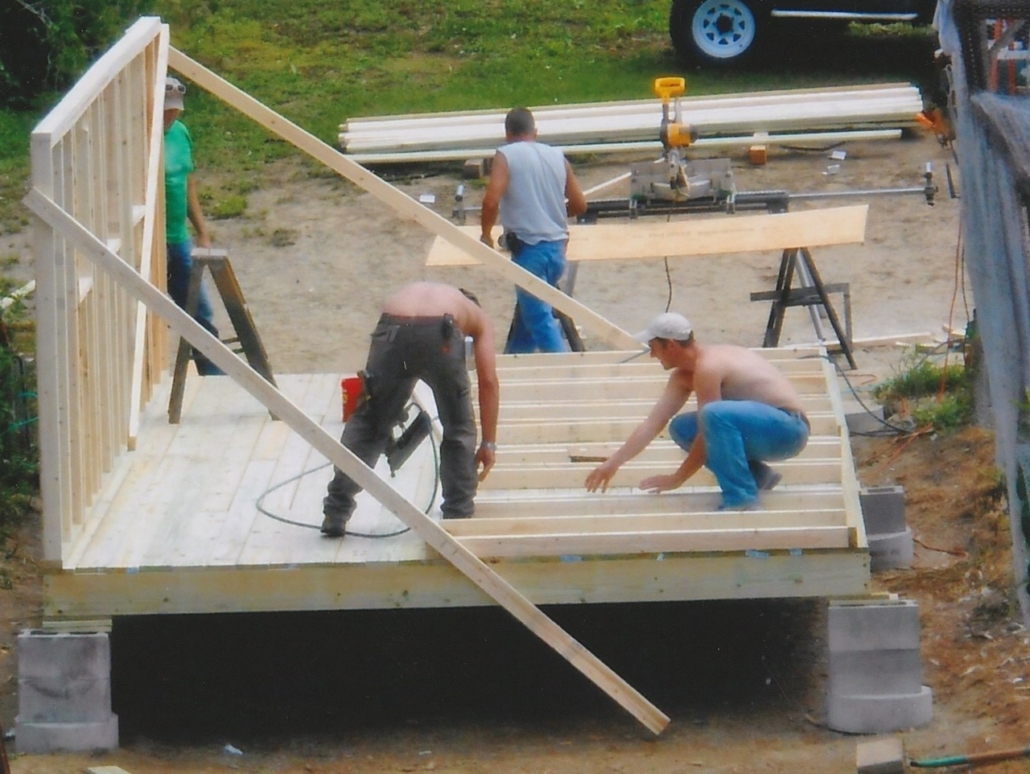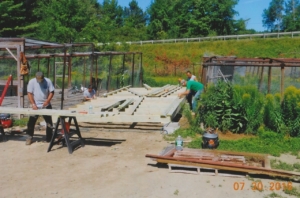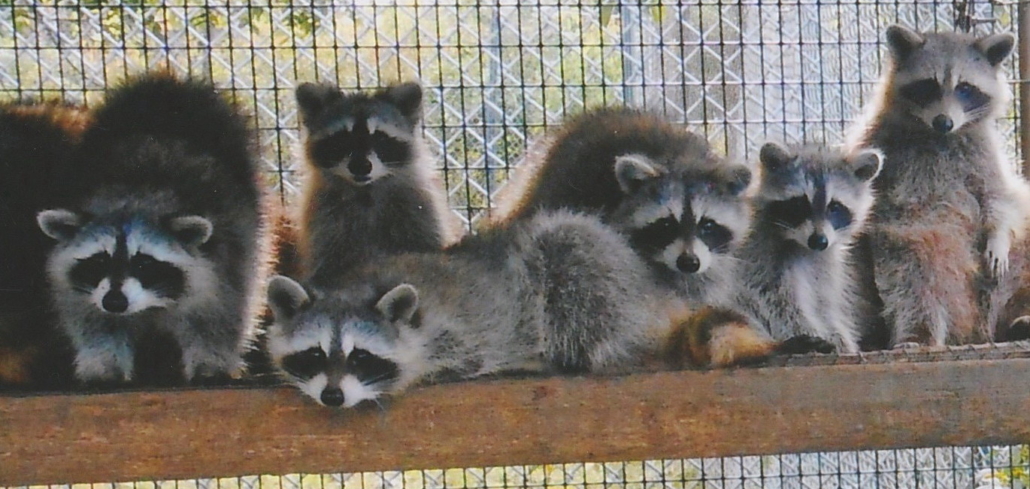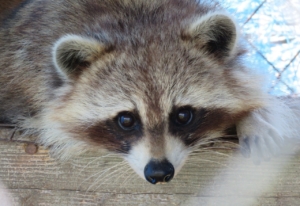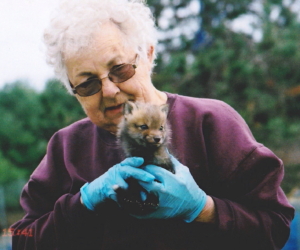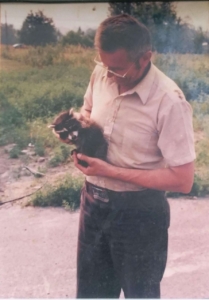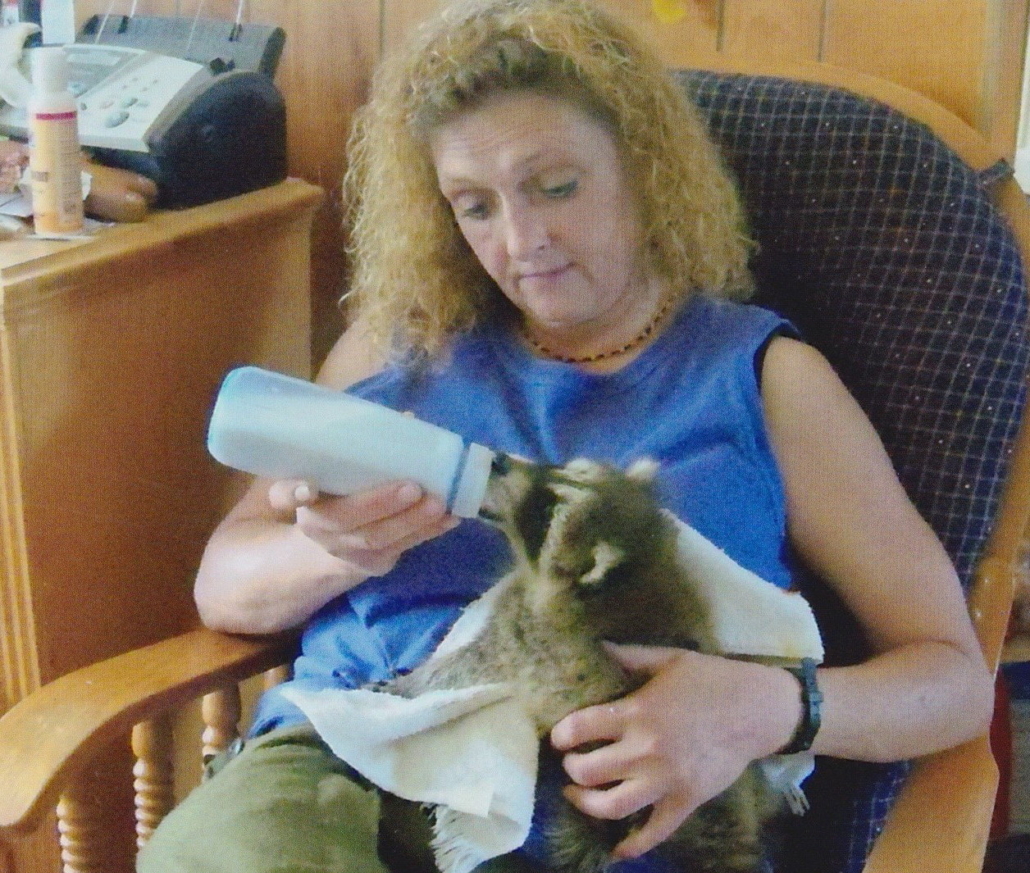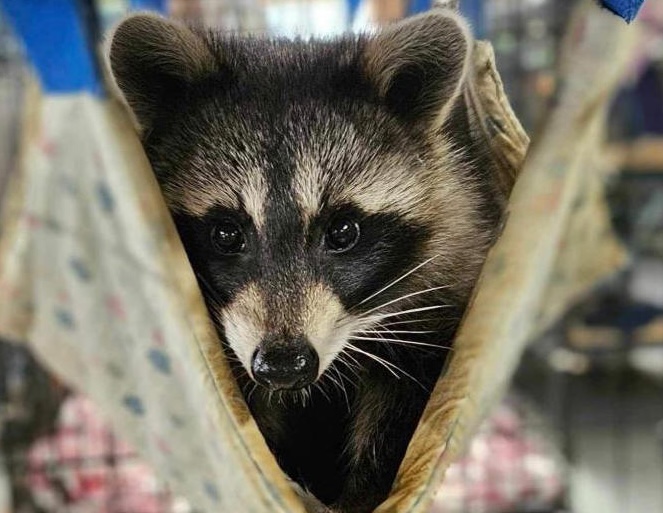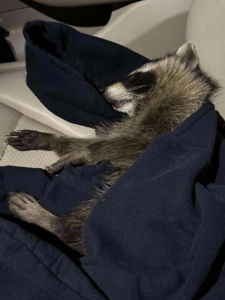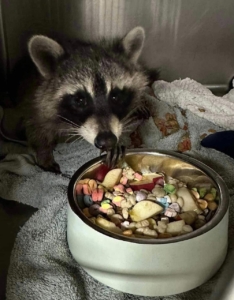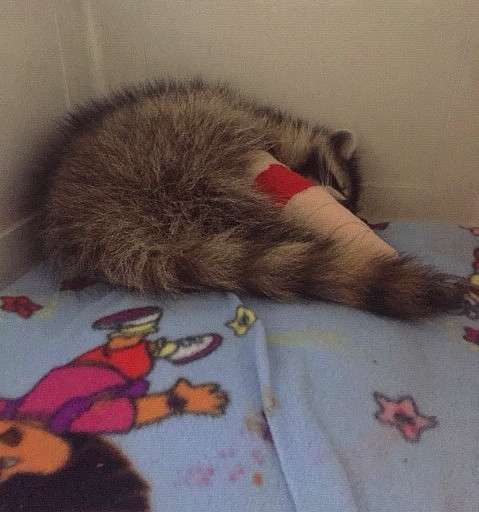CRITTER CHATTER: A dove from above?
 by Jayne Winters
by Jayne Winters
As most of our readers now know, Don Cote passed away in December following a short illness. I noted at the end of his obituary that I would write a final Critter Chatter column to honor Don and Carleen Cote’s six decades of caring for the literally thousands of animals that came to their home for rehabilitation or, in the saddest cases, peaceful transition over that famous Rainbow Bridge. This article, however, is not that final column. After something I experienced today, I knew I had to share one more story with the followers of Duck Pond Wildlife Rehab Center.
I was driving by Don’s this afternoon and noticed a large box had been left on the doorstep, so I stopped to pick it up, assuming it was a delivery from Fedex or UPS. Imagine my surprise when I discovered it wasn’t sealed or covered and contained an apparently injured juvenile mourning dove! Despite the Wildlife Rehab Center sign no longer being posted, someone familiar with the Cotes must have thought they were still open for business and left the bird for their care.
Following a couple of text messages and calls, I transported the dove to Avian Haven, in Freedom. I put the box on my heated passenger seat in the car and turned up the heat as s/he was chilled on this dreary, drizzly day. I’m by no means an avian expert, but cold feet are cold feet, no matter the species! The staff was expecting our arrival and quickly took care of the admission; I’ll be calling to check in on the little dove’s prognosis tomorrow.
In Native American storytelling, the mourning dove symbolizes peace, love, and connection to the spiritual world. In many tribes, it is believed to be a messenger between the physical and spiritual worlds, embodying qualities of peace and tranquility. The dove is considered to be a messenger from a higher power. “If the mourning dove has flown across your path today, it brings peace and hope. Let go of what has passed and make room for more love. Connect with nature to take advantage of the nurturing energies she provides. This will give you a regenerative boost in the right direction. Fret not and let the waters gently carry you to your next chapter.”
This may not seem ‘news worthy’ to some of you, but I wanted to share it. I’ve never been one to believe in coincidences. I think I was meant to find that little mourning dove and make one final rescue for Duck Pond Rehab. I think it was a “God nudge” and a gift I will never forget.
Duck Pond Wildlife Rehab Center is closed. As noted in previous columns, Don worked closely with Wilderness Miracles Rehab, in Bowdoin (Kathi at 207-720-0074), Misfits Rehab, in Auburn (Jen at 207-212-1039), Bridget Green, in Wiscasset (207-631-0874), Critterville Wildlife, in Brooklin (845-549-2407), and Saco River Wildlife (207-702-1405). Turtle rehabber Pam Meier can be reached at The Turtle’s Back (203-903-2708). Otherwise, please check these websites for a rehabber close to you: https://www.mainevetmed.org/wildlife-rehabilitation or https://www.maine.gov/ifw/fish-wildlife/wildlife/living-with-wildlife/orphaned-injured-wildlife/index.html or contact your local Animal Control Officer through your town office.


